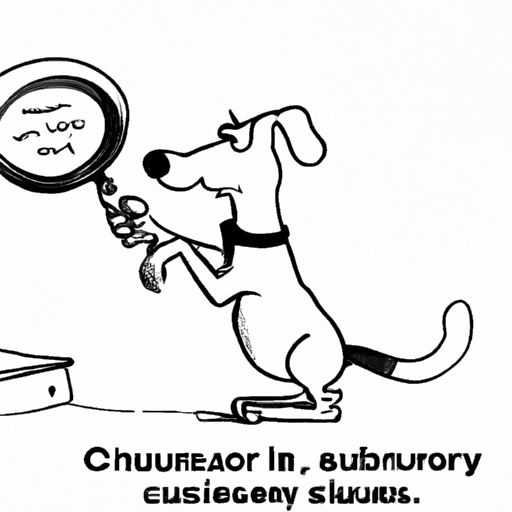An Evolutionary Tale
You’re probably familiar with the sight of your canine companion using their paws to explore their environment, but have you ever stopped to consider the unique structure of their feet? Specifically, their thumbs, or “dewclaws” as they are scientifically known. Let’s journey back in time, where dogs’ ancestors roamed the wilderness. The dewclaws served a purpose for survival, helping them to grip their prey, navigate rough terrains, and climb trees.
- Canines are descendants of a creature known as Miacis, a small tree-climbing animal.
- Dewclaws were crucial for these animals to maintain a firm grip on tree branches.
- As dogs evolved, their reliance on dewclaws decreased, but the physical trait remained.
The Dewclaw’s Modern Purpose
The dewclaw may not serve the same essential survival function for your pooch today, but it’s not entirely useless. While they’re not actively used in walking, dewclaws come into play when a dog runs at high speeds or makes sharp turns. Here, the dewclaw provides extra stability and traction to prevent slipping or injury.
- Dewclaws also aid in holding objects, such as bones or toys.
- Some dogs use them to scratch or clean difficult-to-reach areas.
Not Just A Vestigial Structure
Despite some misconceptions, the dewclaw is not just a “vestigial” structure, meaning it’s not merely a remnant of evolution with no current function. As we’ve discussed, it does serve a purpose, albeit not a life-or-death one for most domestic dogs. If it were purely vestigial, we’d expect all dogs to have dewclaws, but this isn’t the case. Some breeds are born without them, while others have them on their front paws, and a few even have them on their hind legs.
The Controversy of Dewclaw Removal
It’s important to know that there’s a debate within the canine care community about whether to remove dewclaws. Some believe it’s safer to remove them to prevent potential injuries, especially for active dogs. Others argue that since dewclaws do serve a function, their removal is unnecessary and even cruel. As a caregiver, it’s crucial to consult with your veterinarian and make an informed decision based on your dog’s breed, lifestyle, and health.
| Pros of Removal | Cons of Removal |
|---|---|
| Prevents potential injuries | Can cause unnecessary pain |
| May benefit active dogs | Not generally recommended by veterinarians |
Frequently Asked Questions
Q: Why do only some dogs have dewclaws?
A: It’s primarily due to genetics. Some breeds are more likely to have them than others.
Q: Are dewclaws dangerous?
A: They’re not inherently dangerous, but they can become problematic if not properly cared for.
Q: Should I have my dog’s dewclaws removed?
A: This is a decision to be made with your vet, considering your dog’s breed, lifestyle, and overall health.
Q: How should I care for my dog’s dewclaws?
A: Regular trimming is essential to prevent overgrowth and potential injuries.
Q: Can a dog live a healthy life with dewclaws?
A: Absolutely! Many dogs live perfectly happy, healthy lives with their dewclaws intact.



